Breakthroughs and trends in the world of technology.

Climate Science
Ice Loss, Ice Gain
A winter cold enough to lock Niagara Falls in place and freeze Florida’s blueberry plants may be linked in a counterintuitive way to the melting Arctic, which is warming faster than other regions. So argues Rutgers University climate scientist Jennifer Francis. Her thesis: The wide gap between polar temperatures and more southerly climes is what creates the jet stream, which moves in a west-east path around the Arctic. As polar temperatures rise, that gap narrows, and the jet stream, instead of moving swiftly along a flat route, slows down and meanders, covering more territory and blowing extreme cold southward. This trend will intensify, she argues, resulting in more “extreme weather events.” Others disagree. Exeter University scientist James Screen uses mathematical models to make the case that continued melting of Arctic Sea ice lessens the odds of extreme cold days in North America. By century’s end, he says, they will occur rarely, if at all. — Mark Matthews
©Newscom
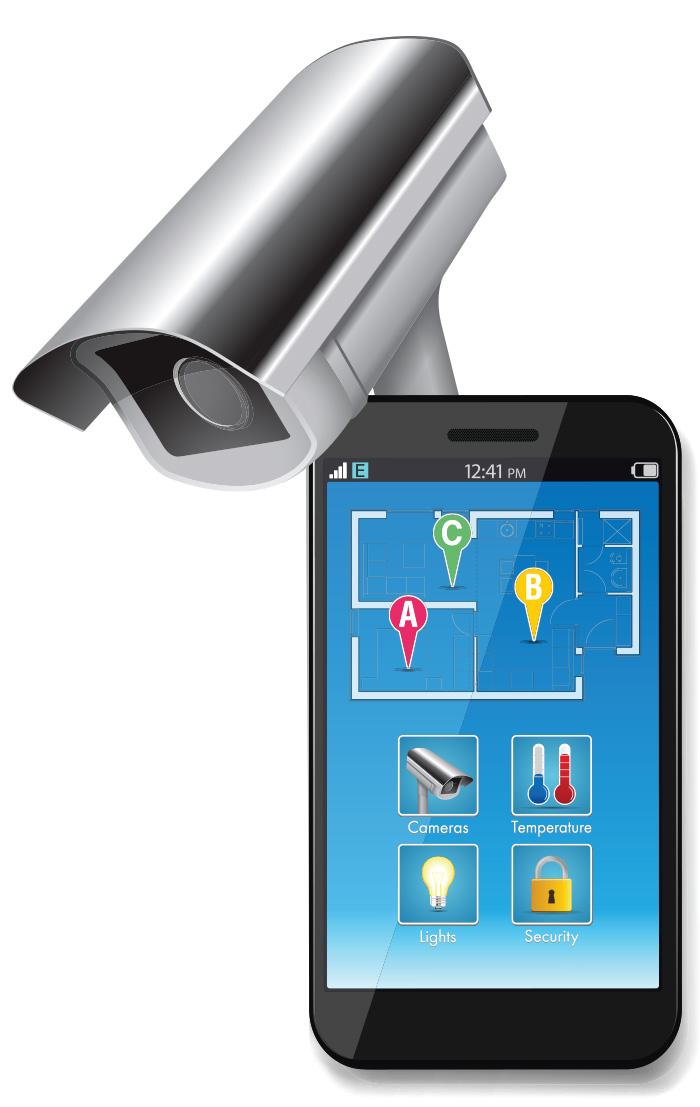
Software
Atrocity Alert
Smartphone cameras and social media have made it much harder to keep human rights abuses, such as the beating of unarmed protesters, hidden from public view. But persuading a court to accept these photos and videos as reliable evidence can be a problem. There’s often no assurance that photos are authentic, nor proof of when and where they were taken. Now a downloadable phone app, developed by biomedical engineers Bonnie Freudinger and Brian Laning at the Medical College of Wisconsin, promises to make collection of evidence a bit easier. If a witness takes a picture of an atrocity in progress, it will be encrypted; stamped with the date, time, and GPS location; and sent instantaneously to a secure server maintained by a bona fide human rights group. This establishes and maintains a clear chain of custody. Since the pictures are never saved on the phone, they can’t be altered and won’t endanger the witness if the phone is seized. The app’s screen icon will be disguised. With a $50,000 grant from USAID, Freudinger and Laning are refining the app – called the International Evidence Locker – with guidance from local police and the International Criminal Court. Field tests by Amnesty International start soon. – MM
©Thinkstock

Information Technology
Light Circus
Computer chips have become exponentially smaller, cheaper, and faster, but their copper wiring remains unchanged. Although fiber-optic cables now provide blazingly fast connections between computers around the world, each machine’s internal bandwidth is limited by the 60 miles of copper wiring that connect the billion or more transistors on a single microchip. That may soon change. Electrical engineering professor Zubin Jacob and graduate student Saman Jahani at the University of Alberta have created a cylindrical rod of glass-like, transparent metamaterial that will contain light on the nanoscale and, at 0.1 micron, is one tenth the diameter of today’s smallest fiber-optic cables. While some researchers have resorted to reflective metallic cladding that confines light inside a cable, using metal means a lot of light gets converted to heat, resulting in large power consumption, slower signal, and lost data. Jacob believes nanoscale photonic circuits represent the “holy grail” for the next generation of computers, radically increasing computer speed and reducing energy use. – Pierre Home-Douglas
©Thinkstock
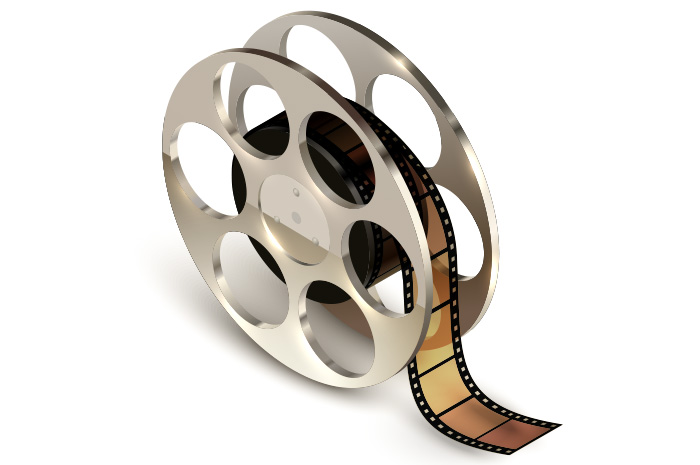
Public Engagement
Engineering Blockbuster
In Hollywood films, engineers tend to make fleeting appearances, often as evil scientists or nerds. Creators of an upcoming 3-D IMAX documentary hope to cast them in a more realistic and favorable light. Produced by MacGillivray Freeman Films, the American Society of Civil Engineers, and the ASCE Foundation, Dream Big: Engineering Wonders of the World will feature breathtaking views of skyscrapers and other marvels so the public – particularly students – can see how much engineers shape the world we live in and “make the impossible possible.” Shooting began in 2013 with the filming of Big Bertha – the world’s biggest tunnel-boring machine – cutting a passageway two miles under Seattle big enough for a four-lane highway. Other segments will highlight super-tall buildings, mind-boggling bridges, and ancient wonders from the pyramids to the Great Wall of China. The goal is to show how future engineers will modernize the world’s infrastructure, develop renewable energy, and provide food and clean water for billions. As the first film dedicated to STEM education, Dream Big will have interactive displays at theaters and a website aimed at K-12 teachers and students. Popcorn is optional. – TG
©Thinkstock
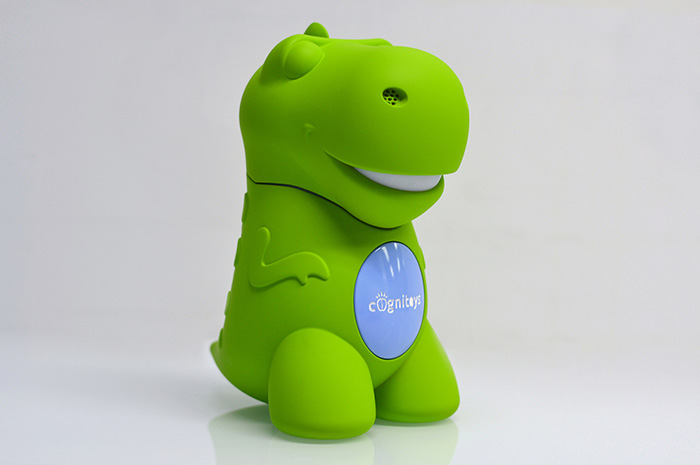
Artificial Intelligence
Child’s Play
Watson, the IBM supercomputer that went from acing answers as a Jeopardy! champ to working with world-class hospitals to improve the diagnosis and treatment of diseases, has its brain in the cloud, where its cognitive powers are put to other good uses by sundry businesses. One result of that effort is CogniToys, a line of Internet-connected, speech-enabled plastic dinosaurs that can engage with kids, Siri-like. Elemental Path, the start-up behind the product, says its Watson-enhanced dino not only can respond but also ask kids questions with age-appropriate content. Moreover, it’s customizable and learns how best to play with each child. A control panel gives parents useful insights into their child’s interests and learning behavior, or so says Elemental Path. The company used Kickstarter to raise more than $162,000 as of late February, with three weeks left to go. Another tech toymaker, Sweden’s Quirkbot, also used a crowdfunding website and raised $72,190 to help finance the planned August launch of its programmable microprocessor Quirkbot, a “hackable toy.” Kids can connect drinking straws, LEDs, and motors to the microprocessor to create robots that move, light up, and make noises. Programmed via a USB connection to a PC, it can also be connected to the construction toy Strawbees. Will kids like these toys? Who knows? But there’s old-fashioned fun to be had playing with the empty boxes they come in. – TG
©CogniToys

K-12 Education
‘Junk’ Science
Scientists are curious by nature. T. Ross Kelly, a professor of chemistry at Boston College, also has a healthy sense of whimsy. Over the past three decades, he’s collected “a variety of gadgets, gizmos, and devices” that he considers “either neat examples of scientific principles or things that seem impossible but are staring one in the face.” Rather than gathering dust in his office, however, Kelly’s offbeat collection now sits in cyberspace, where classroom teachers can use it to convey key science concepts. A Scientist’s Curiosity Cabinet, the website he put together with the help of undergraduates Omar Khan and Jacy Lundberg, features short videos of some of the more intriguing and fun objects in action. Two Swiss wooden walking toys, for instance, demonstrate center of mass. A puzzle offers a fine example of centrifugal force; the only way to get four tiny ball bearings to sit in each corner of a square container is to spin it. “My goal is to get the website into the hands of every high school and junior high school science teacher in the country,” says Kelly, who recently emailed 18,000 of them encouraging them to use his virtual cabinet (https://sites.google.com/a/bc.edu/curiosity-cabinet/) to “help turn some kids on to science.” If a potato cannon that uses Binaca breath spray as a propellant can’t get a kid interested in science, nothing can. – TG
©Thinkstock
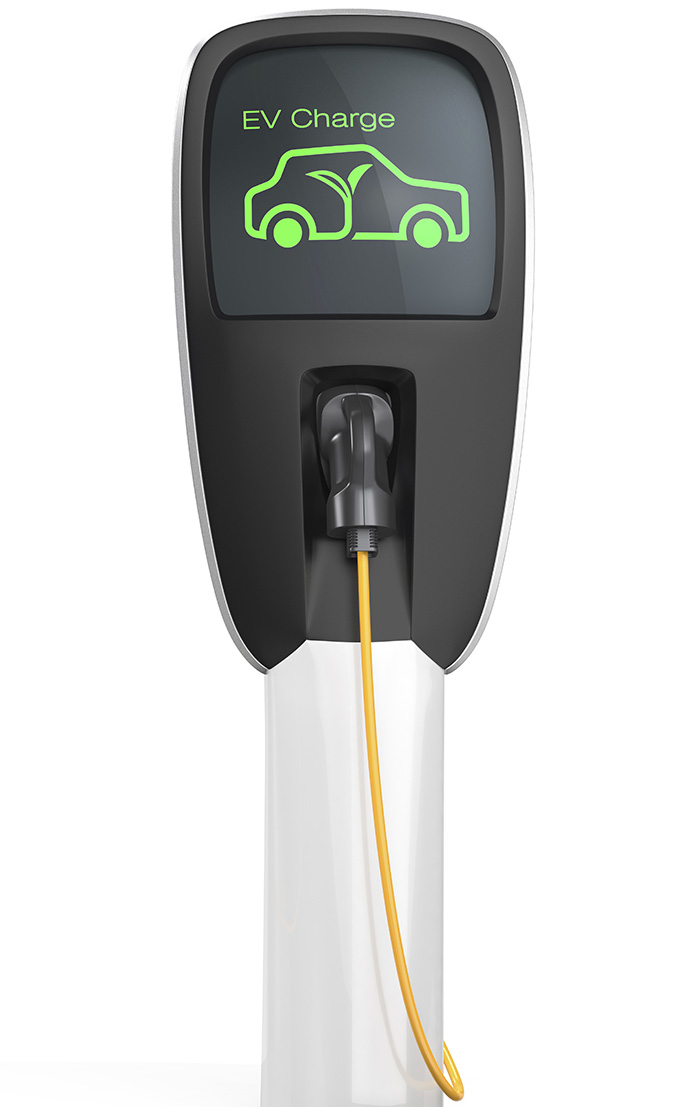
Next-Generation Cars
Driving the iWay?
Is Silicon Valley taking on Detroit? Google, the global online colossus, has spent millions on developing self-driving car technology. PayPal co-founder Elon Musk has a highly successful electric-car start-up, Tesla, which plans to have next-generation EVs on the road by 2017 that can travel at least 200 miles on a charge and sell for under $40,000. Now, apparently, Apple wants to develop EVs too. The company, which keeps posting record profits and is sitting on $178 billion in cash, reportedly has been poaching top engineers from leading battery companies as well as from Tesla. Although Apple’s MO has never been to invent something new but to shake up existing markets with revolutionary products, some auto industry analysts and insiders caution against underestimating the difficulty of manufacturing cars. But perhaps there’s another way. For example, Britain’s Gordon Murray Design, run by a former top Formula One racecar designer, has developed a production method called iStream that eschews steel, stamping, and welding. It’s based instead on lightweight composites. That sounds like the kind of revolutionary approach that Apple might “i”. – TG
©Thinkstock

Project-Based Learning
Perfect Pitch
Every December, more than 1,200 people cram into MIT’s Kresge Auditorium to watch a rather unique student talent show. Many more around the country watch via streaming video. This isn’t some collegiate version of The Voice but the culmination of David Wallace’s mechanical engineering course, Project Engineering Processes, in which teams of students put on a sophisticated demonstration – including concert-hall lighting and live rock music – to pitch the product each team has designed to potential investors. Wallace says that when he took over the class in 1995, students were required only to put their ideas on paper. He decided they needed to get a taste of real-world product design. Working in multidisciplinary teams, his students now must design and build prototypes of inventions they ultimately will present at the end-of-term showcase. They also develop communication skills, such as telling a compelling story to snag the interest of investors and customers. The class’s latest product display included a GPS wristband for skiers, an interactive punching bag, and a device that measures the heat in a horse’s leg. Wallace, who wore a top hat and tails for the event, says each team is a winner. “It’s not a competition; this is a learning adventure.” – TG
©Thinkstock
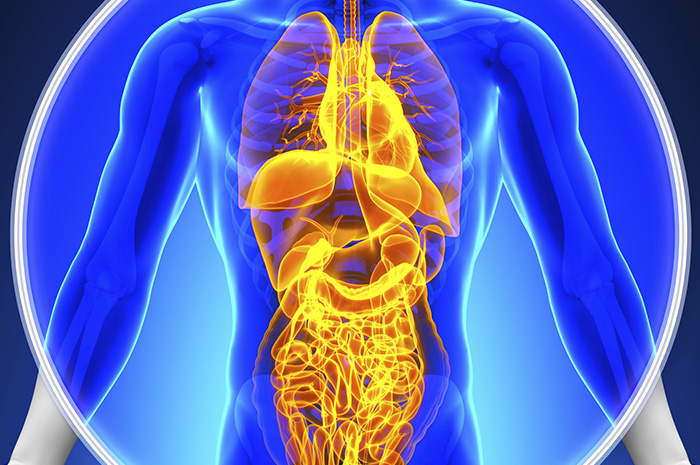
Medical Imaging
Instant Results
Powerful telescopes that view light coming from distant planets or stars use algorithms to correct distortions to the beams that are caused by their travel through the atmosphere. Essentially, they un-scatter scattered light. Now researchers are making progress using similar un-scattering techniques to shine visible light through bodies to better see our innards. X-rays and ultrasound can give us a peek at organs, bones, and blood vessels, but the images are never crystal clear. Higher resolution images from light could reduce the need for most biopsies and other intrusive surgeries. But when light hits opaque materials, including tissue, it is either absorbed or it scatters. And the scattered light is too scrambled to produce an image. Now researchers at Washington University in St. Louis have improved on a method that’s been around for years but had so far proved unhelpful because it worked too slowly to form an image. They focus an ultrasound beam on a target area. Those light waves that pass through the ultrasound shift their frequencies slightly. A time-reversing mirror on the other side of the opaque material sends the altered-frequency light back on the path it came, and en route it visualizes the target. The St. Louis team managed to zap the light back to a camera in 5.6 milliseconds, fast enough to visualize an ink-stained piece of gelatin pressed behind the ear of a mouse. Lead researcher Lihong Wang, a biomedical engineer, is confident that the technology’s future is bright. He told Nature: “Call me crazy, but I believe that we will eventually be doing whole-body imaging with optical light.” – TG
©Thinkstock

Aviation
DIY Engineer
Flight is an all-consuming passion for George Mel. The 23-year-old dropout from South Sudan built his own ultralight plane in his backyard from materials he was able to gather from metal workshops in Juba, the capital of the country. That led to his being profiled by the BBC World Service. While civil aviation authorities have not allowed Mel to test-fly his plane, which is powered by two small gasoline engines, his efforts so impressed the South Sudan Air Force that it hired him to work in its IT department. Mel tells the BBC he’s been obsessed with flying since he was a boy and planned to be an aeronautical engineer. He went to a high school in neighboring Uganda but had to abort his education plans in 2011 while studying for his final exams because his father died. He nevertheless continued to teach himself engineering and began working on his plane, piece by piece, even as a 2013 civil war raged around his family home. Mel hopes he can get a scholarship to study abroad but says he would return to South Sudan to help his country. One of his goals is to build drones to spray crops, though he also wants to design full-size planes. His pride in his country is evident on his aircraft’s tail: Next to a South Sudanese flag he painted the words “We have a future.” – TG
©Thinkstock
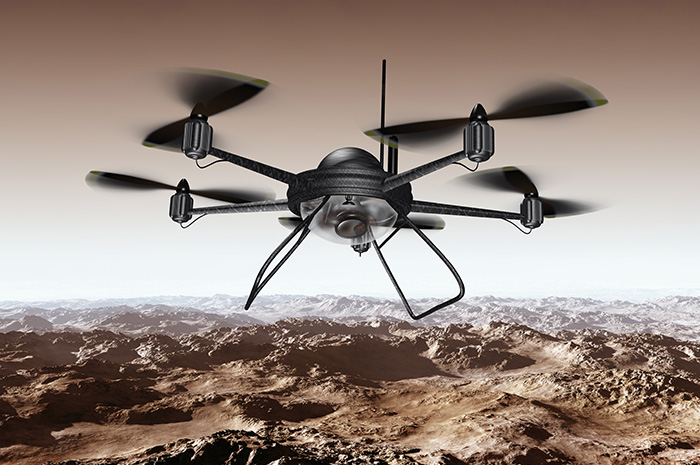
Research Equipment
Buried Secrets
High-tech surveillance tools are proving a boon to archaeologists. Deep in Libya’s Sahara desert, University of Leicester researchers, using satellite imaging and air photography, have discovered remnants of more than 100 fortified towns and villages, complete with castles. The settlements were built by a pre-Islamic tribe called the Garamantes, who in a period from around 1000 B.C. to A.D. 700 pioneered the establishment of oases and trans-Saharan trade. The ruins of their culture are in one of the most inhospitable places on Earth, so the satellite photos are finally giving researchers a closer look – and also pinpointing the best areas to send fieldwork teams. Across the globe, in the Amazon rain forest, satellite imaging isn’t possible because of the thick tree cover. So University of Exeter scientists have deployed drones to find evidence of lost civilizations in the region. They’ve determined that, far from being a virgin wilderness, the Amazon was farmed in the past by humans. Using drones, they’ve discovered large earthworks and terra preta, or black earth, both indications of long-ago agriculture. The Amazon’s biodiversity, they say, may not fully be the result of nature left to its own devices, and instead may have been partly shaped by human intervention many centuries ago. – TG
©Thinkstock
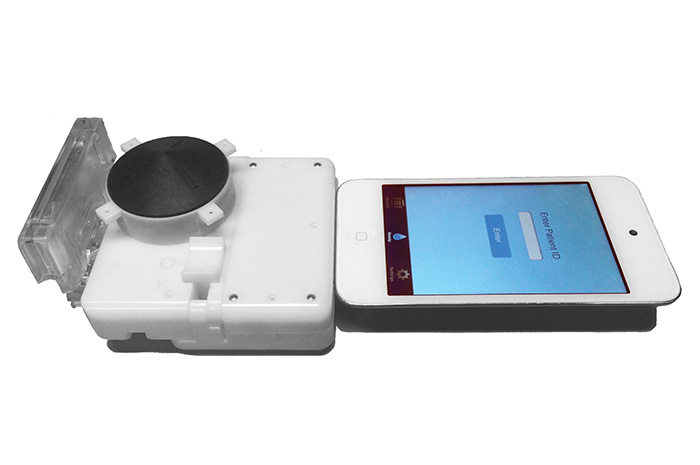
Biomedical Technology
Body Parts
Advances in treating chronic diseases keep coming. A Boston University team led by Ed Damiano, a biomedical engineer who is an expert in fluid dynamics, is getting closer to commercializing the wearable bionic pancreas it has developed to combat Type 1 diabetes. The device regulates glucose levels in patients even while they sleep. It has a monitor and two pumps, one for insulin, the other for glucagon, with an algorithm run by an iPhone determining when to administer the chemicals. Clinical trials are going well and it’s hoped that the device will be on the market by 2017. Meanwhile, a team at London’s Queen Mary University has developed a device called the Coupler that provides “significant” and “durable” reduction of high blood pressure in patients with uncontrolled levels, according to an early clinical trial. Unlike drugs that combat high blood pressure via hormonal or neurological regulation, the Coupler targets the mechanical aspects of blood circulation. About the size of a paper clip, it’s implanted between an artery and a vein in the upper thigh. Finally, Samuel Sia, a biomedical engineer at Columbia University, has invented a lab-on-a-chip dongle that plugs into a smartphone or PC (above) and can determine from a finger prick of blood if someone has HIV or syphilis, active or inactive. It spits out results within 15 minutes and costs just $34. The assay equipment used in a lab can cost $18,450, making the dongle a boon in developing countries. And because it is low power, it can run on audio jacks – a plus in areas where electricity is intermittent. – TG
©Columbia University
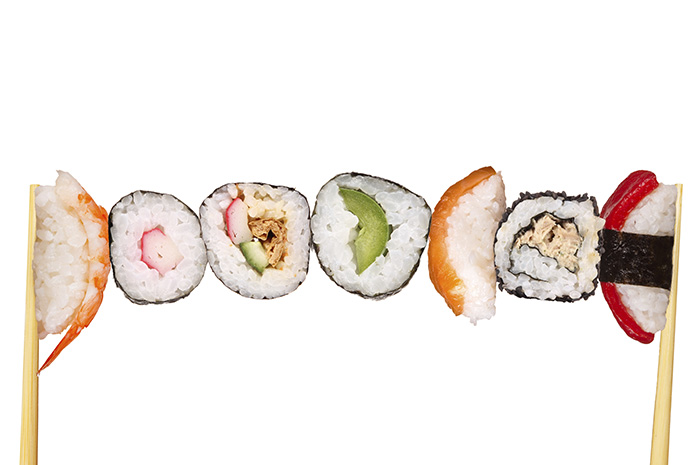
Sensor Technology
Something’s Fishy
Eating seafood is healthful, but for many consumers it’s also caveat emptor, because an awful lot of what they buy isn’t as billed. It’s estimated that around 30 percent of foreign seafood purchased in the United States is mislabeled, a fraud that costs the industry and consumers up to $25 billion a year. So a team of researchers at the University of South Florida invented a handheld device that can test fish on site, analyze the RNA, and within minutes tell if it’s the real deal. The team has launched a spin-off company, PureMolecular, to commercialize the sensor technology. The initial version focuses on grouper, which is important to Florida’s economy and has commercial quotas on its take. Demand for grouper outstrips domestic supply, so America imports a lot of it: 4,000 metric tons in 2012, worth $33.5 million. So it’s a market highly vulnerable to fishy practices. Meanwhile, PureMolecular is scaling up and developing versions of the device that can assay other commercially important fish. – TG
©Columbia University